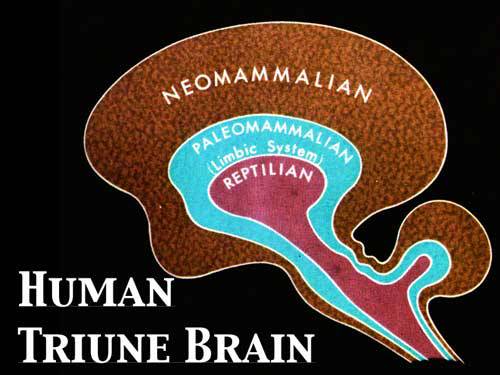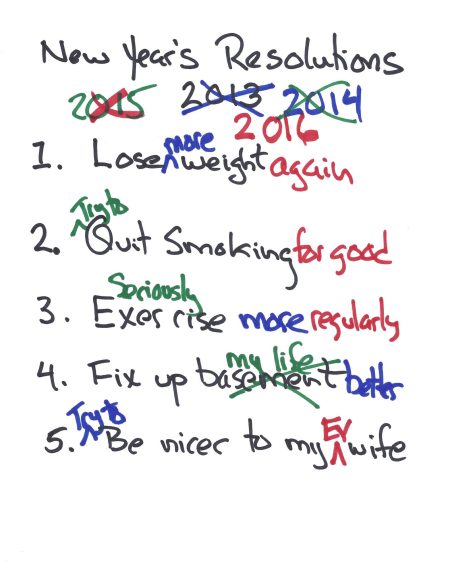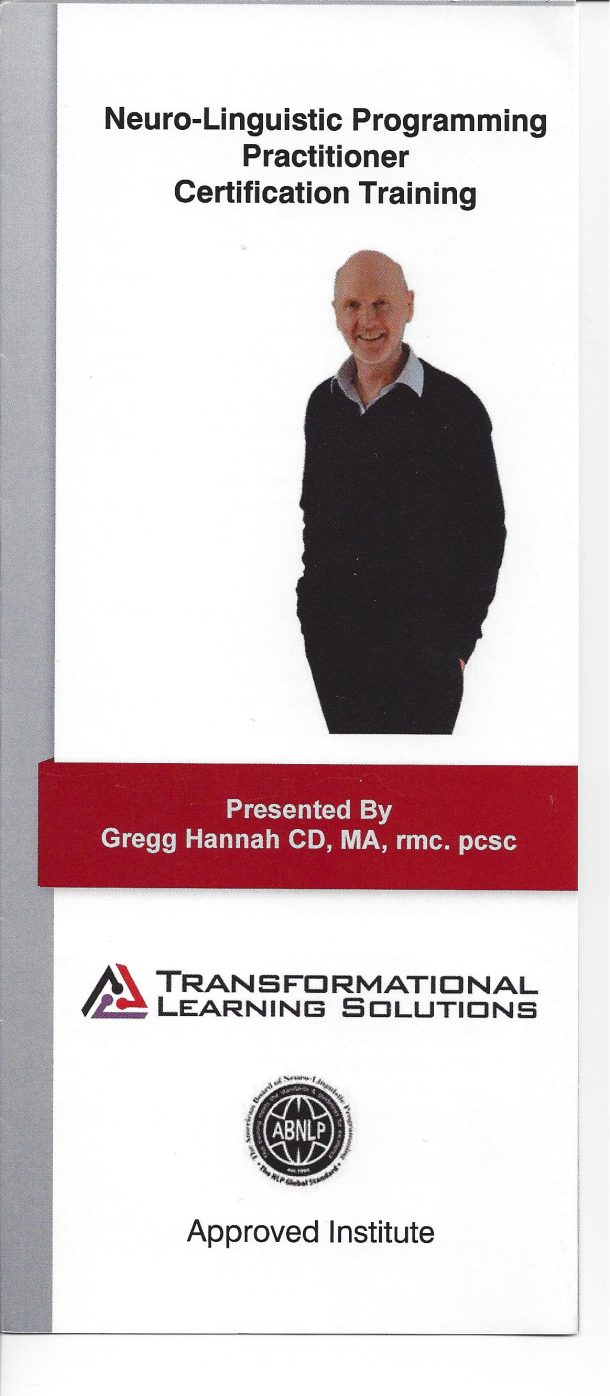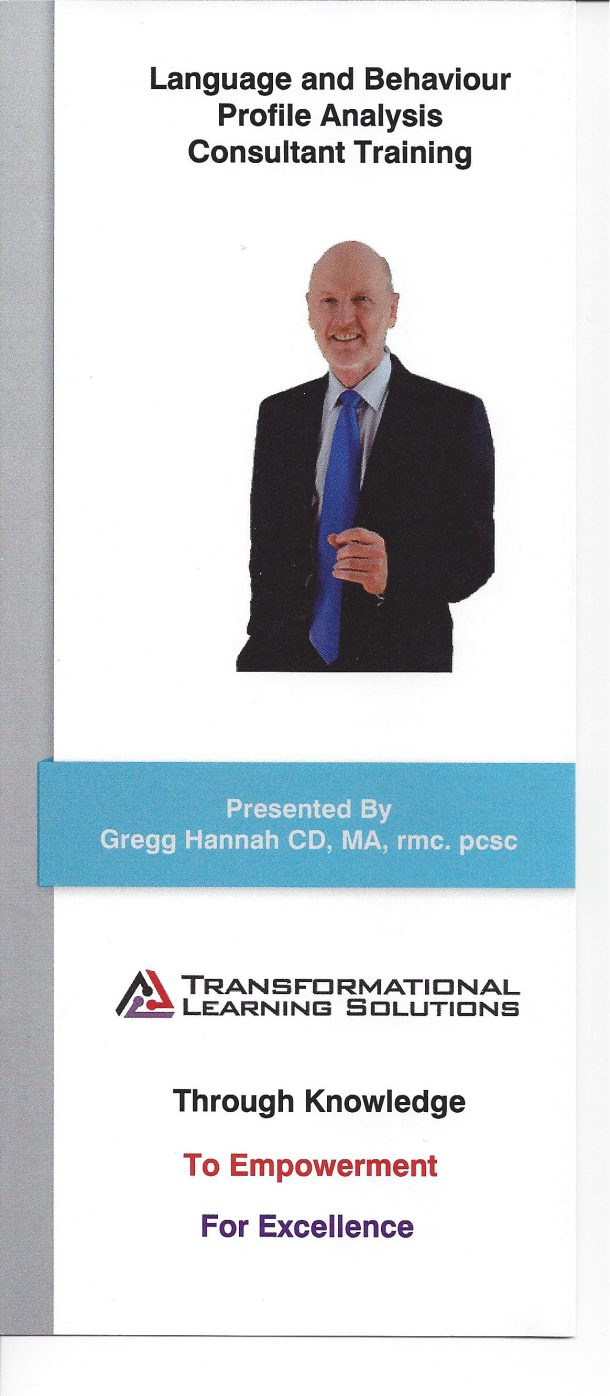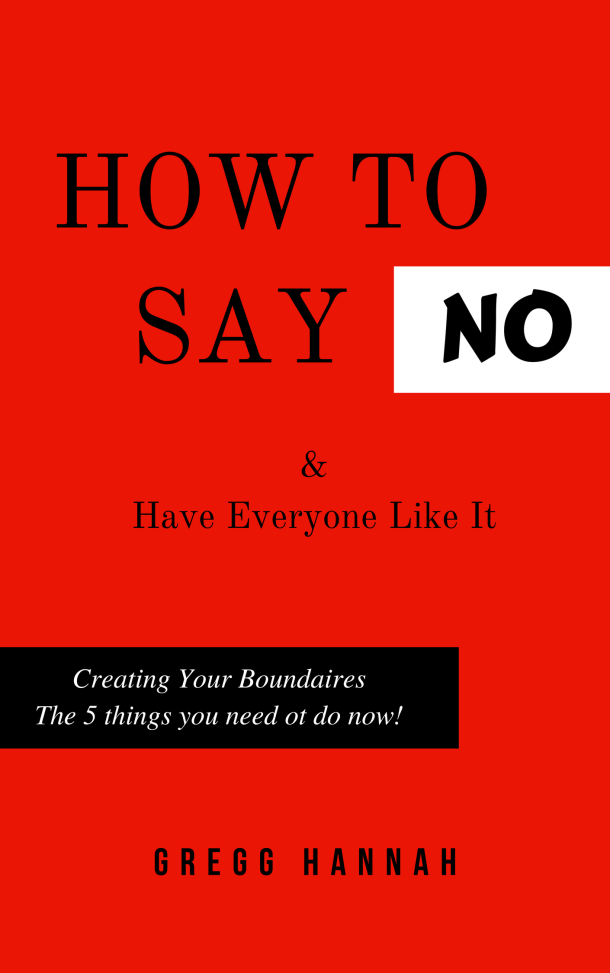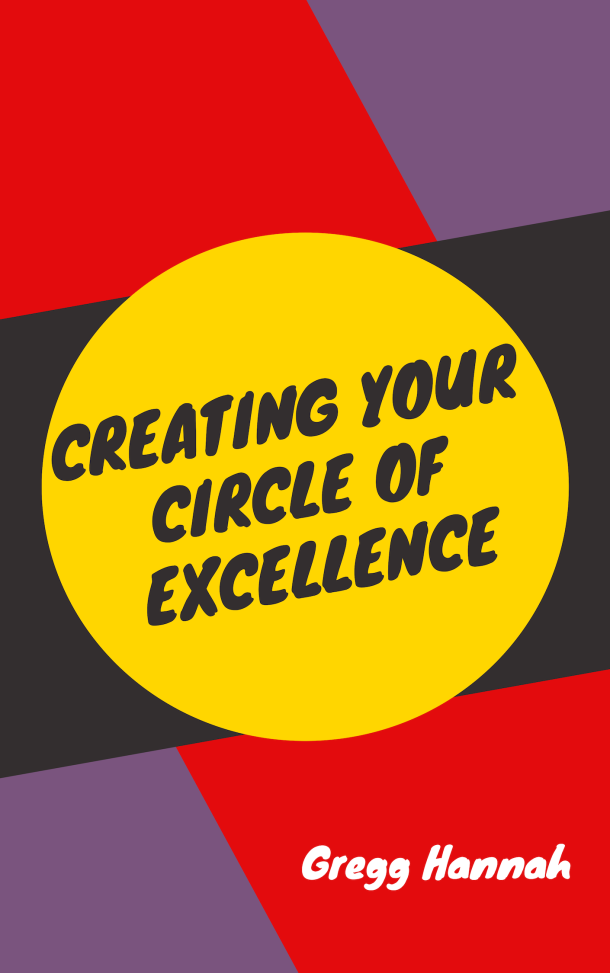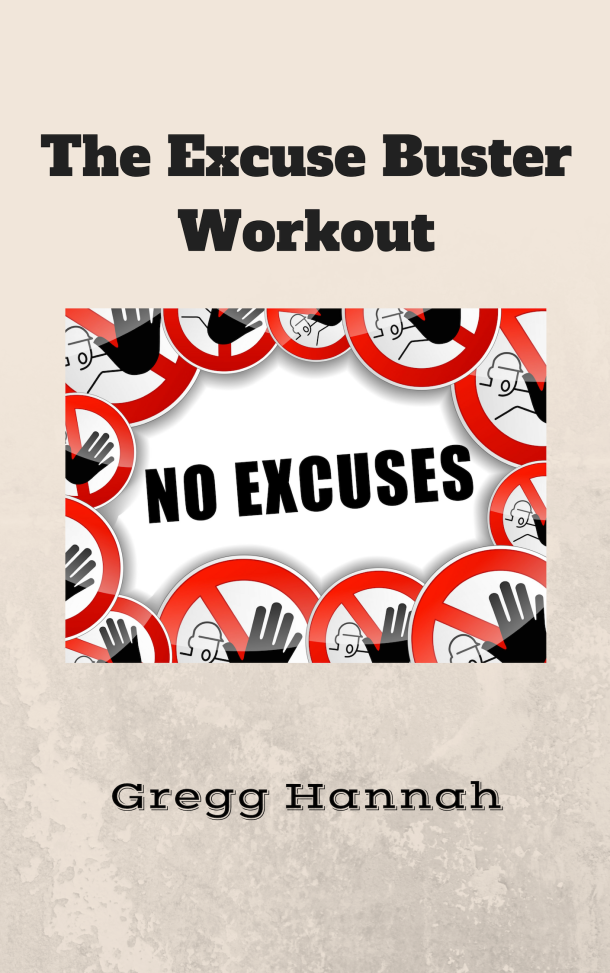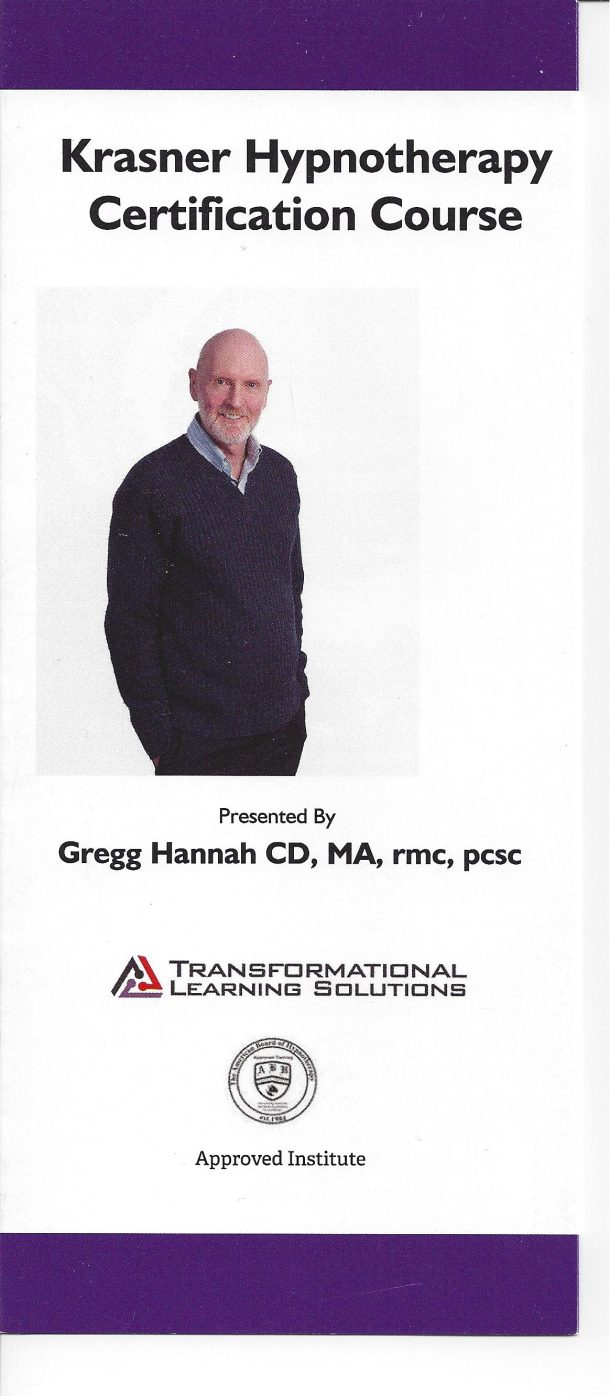
Part 5 – Three Big Blunders most people make with their New Year’s Resolutions – (Or setting any Goal)

3 Big blunders most people make with their New Year's Resolutions or setting any goal – Part 5
Lots of ideas – No Plan Blunder
Part 4 – The Cloudy Crystal Ball looked at how to set up a S.M.A.R.T. goal as a way of achieving your New Year’s Resolution. Recall that the acronym S.M.A.R.T. stands for:
- Specific
- Measureable
- Achievable
- Realistic
- Timed
Your S.M.A.R.T. goal needs to:
- Be stated in the positive
- Specify the outcome you want to achieve
- Specify how you will achieve your outcome
The third Big Blunder that people make with their New Year’s Resolution is that they don’t create a plan that will get them from where they are to where they want to be.
They have a good idea of what they want but a very poor idea of how they are going to get there!
A little knowledge that acts is worth infinitely more than much knowledge that is idle.
Kahil Gibran
The best S.M.A.R.T. goals in the world are of little value if you have no plan to put them into action.
“Failing to plan is planning to fail”
Solution
On May 25th, 1961, US President John F. Kennedy, speaking to a joint session of Congress, declared “. . . . I believe this nation should commit itself to achieving the goal, before the decade is out, of landing a man on the Moon and returning him safely to the Earth.”
When Kennedy set out this goal it was clear that NASA did not have the answers that would permit them to successfully land a man on the moon and return him safely to earth. Now NASA could have started immediately firing rockets into space trying one thing and then another – with catastrophic results for everyone. Or it could have become frustrated and quit because it did not have all the answers at hand. And this is what some people do with their personal goals. They either try all kinds of things one after another or they become frustrated and quit because they cannot immediately see all the steps they need to take.
Of course, NASA did neither of these and on July 20th, 1969, the Apollo Lunar Module touched down on the moon and 6 hours later on July 21st, Neil Armstrong became the first human being to set foot on the moon. The three astronauts involved in the mission returned safely to earth on July 24th, 1969.
NASA broke the goal of landing a man on the moon and returning him safely into many small steps or sub-goals all aimed at achieving the main goal. They did not confuse the GOAL with the steps necessary to get there. And when we set goals, we should do the same thing. In any goal we set we should not confuse the end GOAL with steps necessary to get there.
We might be able to see all the steps we need to take to accomplish our goal. More than likely, however, we will not be able to. So rather than randomly try things or become frustrated and quit we need to ask a very simple question:
What is the very next thing that I need to do that will move me a step closer to my goal?
The answer to this question becomes the immediate goal that needs to be accomplished.
So take the S.M.A.R.T. goal for weight loss developed in Part 4: I will drop my weight 2 lbs a month, for a total of 24 lbs., to be at my desired weight on 31 Dec 2023. The first step might be to meet with a dietician and develop a meal plan that will promote weight loss. Maybe the first step is making an appointment with a dietician; maybe the first step is research dieticians in my area. Each of these steps should be written out in S.M.A.R.T goal format. Be careful not to get into the paralysis through analysis trap. Remember each step you create in your plan has to move you concretely and measurably towards your big GOAL.
Breaking the accomplishment of the big GOAL into smaller steps has its benefits. Each step is easy to understand, wrap your mind around, and accomplish. There is a sense of accomplishment as each step is accomplished. And each step is a measurable indication of successful progress towards the overall goal.
You don’t have to worry about figuring out each and every step you will need to take to achieve your goal right at the beginning. Plan for perhaps one or two steps ahead and as you successfully completely them the next steps will become clearer in light of your experiences. You will develop a rolling plan, creating the next portion as a result of what you have just accomplished and learned. Your overall GOAL will always remain the same; however, your exact pathway to achieving it will likely take some twists and turns as you journey towards it. This is entirely normal and to be expected.
Plan to achieve your New Year’s Resolution or any goal for that matter, in small, bite size, easily achieved chunks, and you will be sure to be successful!



